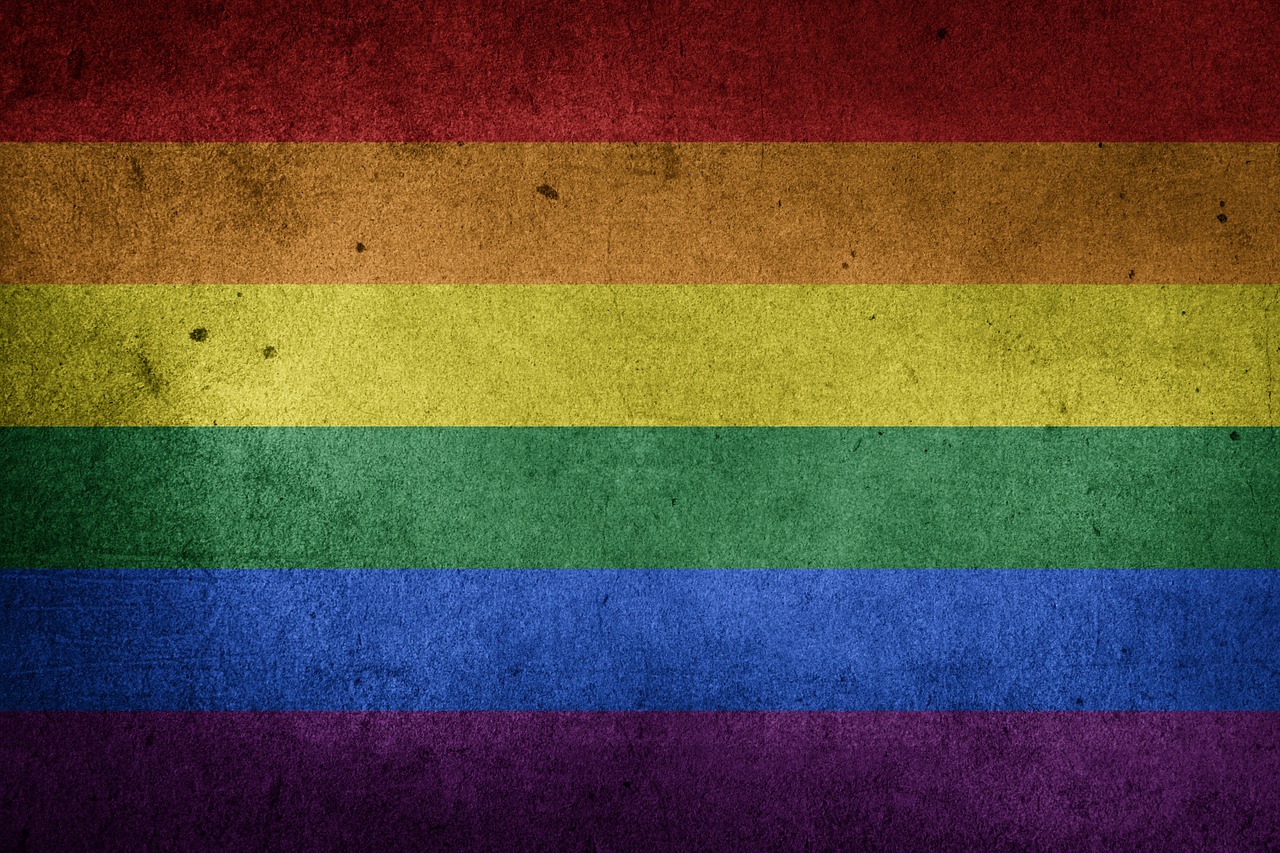The “sexuality pay gap” is real, but not necessarily caused by discrimination

Pay differences between gay and straight workers may be caused by divisions of labor in the household rather than workplace discrimination, according to a new report from the European Bank for Reconstruction and Development (EBRD).
Research carried out since the 1990s shows enduring, yet decreasing, pay discrimination between heterosexual and gay male employees, with gay men earning on average 11% less than their heterosexual counterparts. In contrast, gay women have experienced a “lesbian premium,” earning an average of 9% more than heterosexual women. However, while lesbians earn more than heterosexual women, studies show that they still make less than straight and gay men.
Lesbian women tend to be compared to heterosexual women, the lowest paid workers, while gay men’s earnings are compared to straight men, who are, on average, paid the most. Men earn more than women in most occupations, regardless of sexual orientation.
The lesbian premium can be attributed to them being less likely to be held back by the traditional gender norms and expectations imposed on women; they are less likely to work part time or to drop out of the labor market to have children. Their typical job experience and quantity of work hours, therefore, are very different than the average heterosexual woman’s.
The EBRD report adds to this research by observing that lesbians in a partnership earn more than heterosexual women in a partnership, whilst lesbians not in a relationship earn the same as single straight women. Gay men in partnerships make less than partnered heterosexual men—but no difference in pay is found for non-partnered gay men and single heterosexual men.
Cevat Giray Aksoy, principal economist at the EBRD and one of the authors of the study, argues that the sexuality earnings gap is caused by specialization within households rather than discrimination in the workplace: a woman in a lesbian relationship is more likely to take on the labor market than a woman in a heterosexual relationship. The dynamic has the opposite effect on men: the average partnered heterosexual man is more focused on the labor market than the average gay man. Compared to heterosexual men, studies show that gay men work fewer hours and do less full-time work.
Whilst progressive employment equality legislation has played an important role in closing the sexuality pay gaps in public sector jobs in the UK, in the US, there is, as yet, no federal law specifically against discrimination based on sexual orientation or identity.
IZA World of Labor author Nick Drydakis writes that “Government can help through campaigns promoting respect and equality of treatment in the workplace and by publishing annual data on progress toward equality objectives. Firms should evaluate recruitment and promotion policies to ensure equality of opportunity…” Additionally, “more longitudinal data are needed in order to evaluate whether and to what extent anti-discrimination laws have reduced bias based on sexual orientation. Studies on labor market outcomes are also needed for bisexual, transgender, and other minority sexual-orientation groups.”
Related articles
Sexual orientation and labor market outcomes, by Nick Drydakis